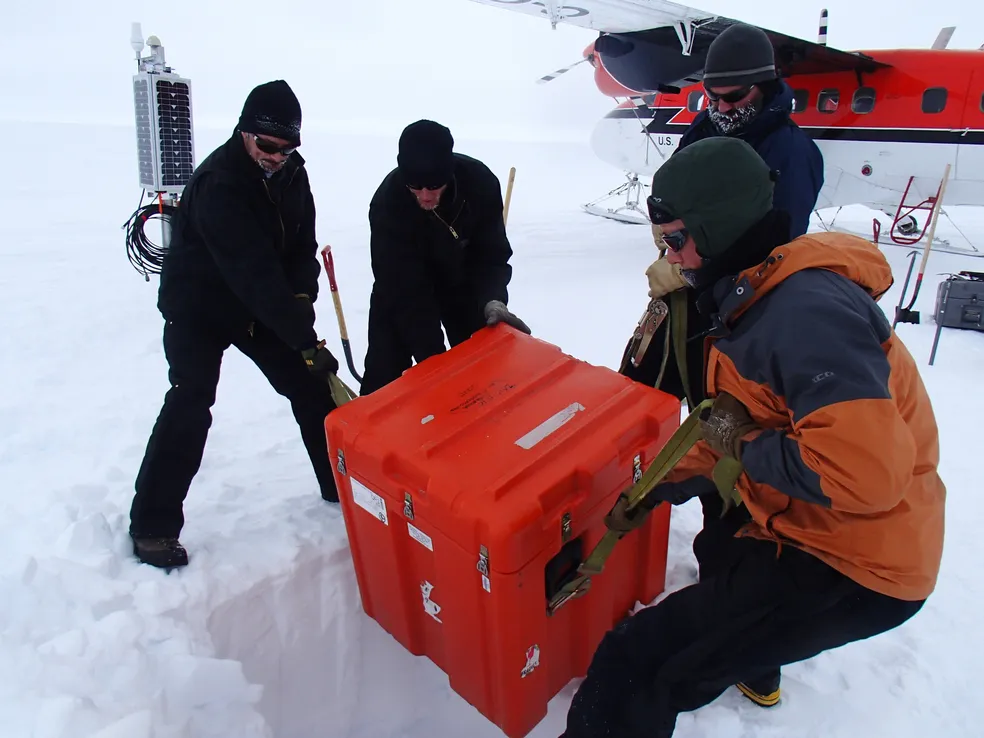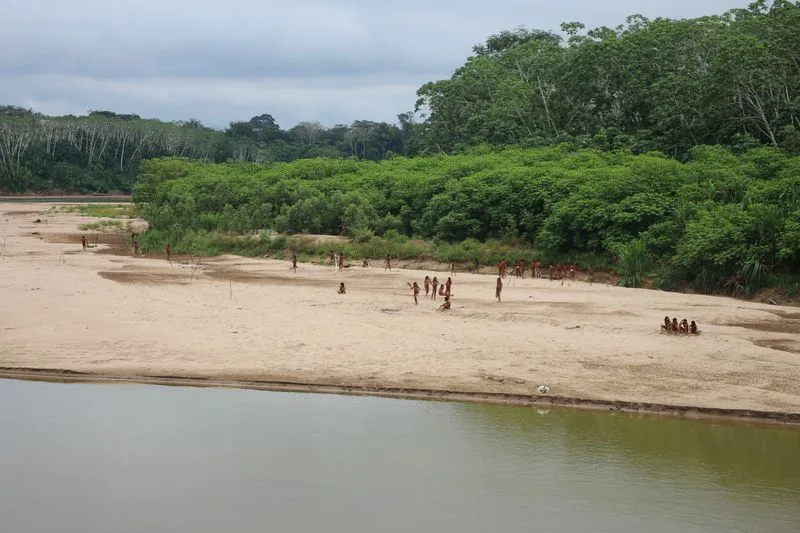Scientists deployed a seismic network for analysis in Antarctica, discovering that between the Earth’s core and mantle, a secret layer harbors a dense ocean floor.
Researchers have discovered a layer between Earth’s core and mantle that likely hides an ancient ocean. The discovery was reported on April 5 in the journal Science Advances.
The discovery was made using seismic images on a global scale of the Earth’s interior. The mantle, according to the research, harbors a dense but thin and sunken ocean floor.
The layer has previously only been seen in isolated patches, but it’s been underground for a long time, when Earth’s plates shifted, forming an ultra-low velocity zone (ULVZ). The area is denser than the rest of Earth’s deep mantle, which slows down the seismic waves that reverberate beneath the surface.
“Seismic surveys such as ours provide the highest resolution picture of our planet’s interior structure, and we are discovering that this structure is much more complicated than previously thought,” says Samantha Hansen, a professor at the University of Alabama, in a statement. in the United States, and lead author of the study.
The study provides “important connections between Earth’s shallow and deep structure and the general processes that drive the planet,” according to Hansen, who investigated the subject alongside co-authors Edward Garnero, Mingming Li, and Sang-Heon Shim of the University of from Alabama, and Sebastian Rost from the University of Leeds in the United Kingdom.

Hansen deployed a seismic network with colleagues and students during four trips to Antarctica, collecting data over three years from 15 stations buried on the continent. This system worked like a medical scan of the body, except instead of vital signs, the scientists used seismic waves created by earthquakes around the world to create an underground image of the Earth.
Using a detailed method that examines sound wave echoes from the core-mantle boundary, the team probed in high resolution over a large part of the Southern Hemisphere for the first time.
To their surprise, the researchers identified unexpected energy in the seismic data. These subtle signals were used to map the ULVZ, a variable layer of material that is “the thickness of a pencil” compared to the thickness of Earth’s dominant layers.
ULVZ properties include strong reductions in wave speed. This type of zone can be well explained by ancient ocean floors. Material from the ancient ocean is drawn deep into the planet’s subduction zones, where two tectonic plates meet and one sinks beneath the other.
ULVZs can also be thought of as mountains along the core-mantle boundary, with heights ranging from less than 4.8 km to more than 40 km. Oceanic material accumulates at this boundary and is pushed by rock flowing slowly in the mantle over geologic time.
The thickness of the material varies from a few to tens of kilometers, according to Garnero: “This suggests that we are seeing mountains in the core, in some places up to 5 times higher than Mount Everest.”
These subterranean “mountains” could play an important role in how heat escapes from Earth’s core, which fuels the planet’s magnetic field. Material from the ancient oceans can also be dragged along by mantle plumes, or hot spots, which return to the surface through volcanic eruptions.








